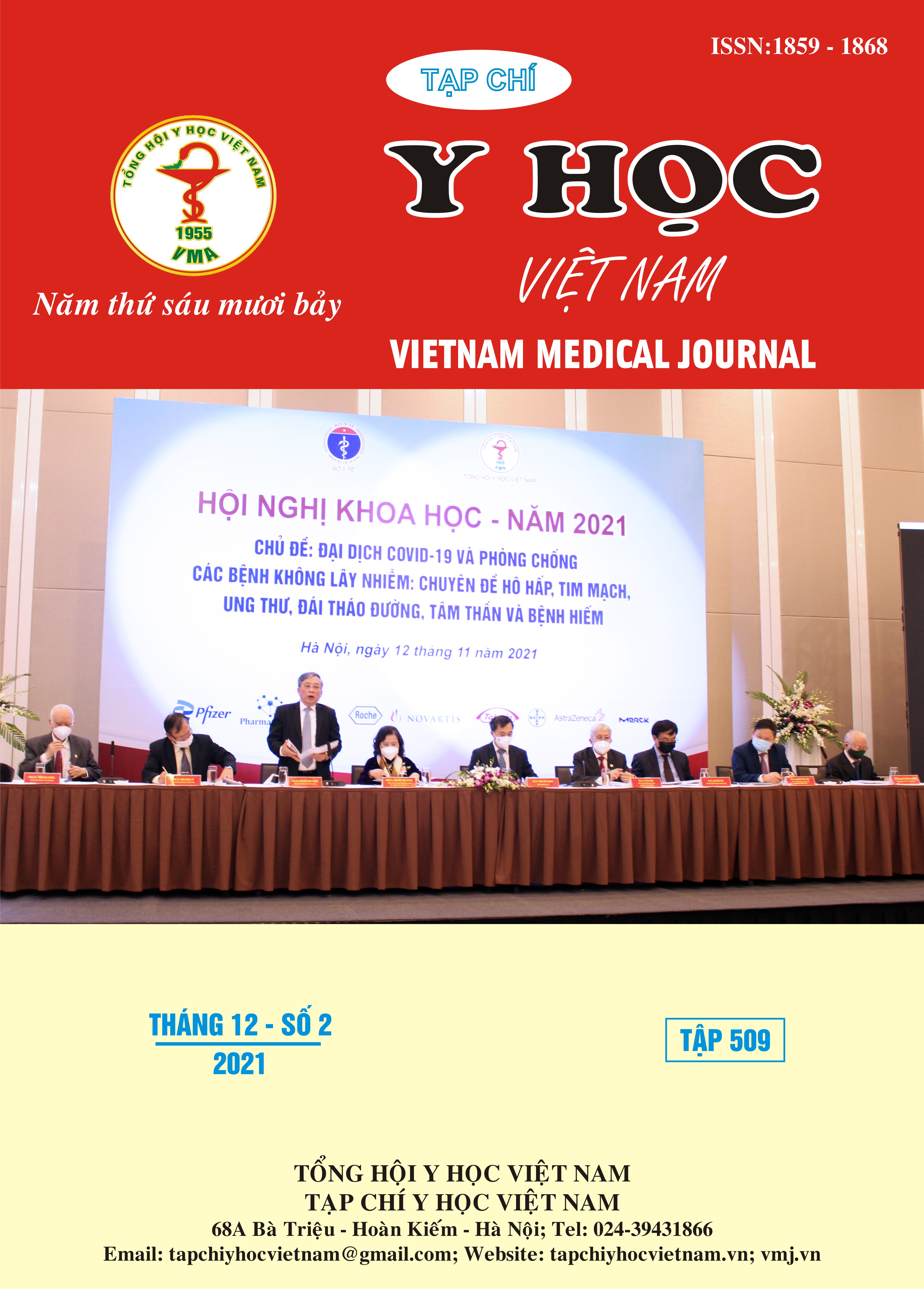ROLE OF VNG – vHIT IN THE DIAGNOSTIC OF VESTIBULAR DISORDER
Main Article Content
Abstract
Dizzy or vestibular disorder patients frequently present in neurology, geriatric, general medicine and ENT clinics… and individual specialties may develop a strategy for evaluating symptoms of disequilibrium in their own particular area of expertise, but may either overlook the many causes of dizziness arising in other systems. The aim of this study was to evaluate the role of VNG, vHHIT and audiological test as a useful tool in evaluating patients with vertigo, to confirm the level of lesion in a patient with vertigo, to differentiate between central and peripheral causes of vertigo and to identify the cause of peripheral vertigo. Patients and method: This is a prospective descriptive study on 668 patients with dizziness or vertigo consulted at ENT Depart, Tam Anh hospital Hanoi from 2018 Nov to 2019, Jul. All patients have been investigated by the battery test included VNG, vHIT and audiological test. Results: 668 patients were included in the analysis (259 men (38,8%), 409 woman (61,2%), the peak of age interval was 50-59 years old. The most frequently diagnosed peripheral disorders diseases were: benign paroxysmal positional vertigo, Ménière syndrome and vestibular neuritis. In 83,5% of cases, mainly affected was the posterior semicircular canal, in 26,8% of the patients – the horizontal semicircular canal, 95 patients (35,5%) having bilateral canals simultaneously involved. Conclusions: Testing of the vestibulo-ocular through videonystagmography and vHIT, tonal vocal audiometry are important for a positive diagnosis and etiological differentiation of vestibular syndromes.
Article Details
Keywords
video Head Impulse Test (vHIT), videonystagmography, audiogramme
References
2. International Classification of Vestibular Disorders (ICVD). Journal of Vestibular Research, Volume 31 (2021)
3. Loreta Ungureanu, S. Cozma, Luminiţa Rădulescu, D. Mârţu. Contribution of the audiological and vestibular assessment to the differential and etiological diagnosis
of peripheric vestibular syndromes International Journal of Medical Dentistry. volume 2 • issue 3 July/ September 2012 • pp. 150-155
4. Neuhauser HK et al. Neurology 2005; 65: 898 – 904 (ref. from International Medical News 2007; 3:1).
5. Jaroslaw Milonski, Piotr Pietkiewicz, Marzena Bielinska, Krzysztof Kusmierczyk, Jurek Olszewski. The use of videonystagmography head impulse test (vhit) in the diagnostics of semicircular canal injuries in patients with vertigo. International Journal of Occupational Medicine and Environmental Health 2014; 27(4):583 – 590
6. Panduranga Kamath M, Vijendra Shenoy S, Suja Sreedharan, Kiran Bhojwani, Sujith Sam Mammen, Nazeem Abdul Majeed . Role of electronystagmography in balance disorders: A clinical study Indian Journal of Otology | July 2015 | Vol 21 | Issue 3 |
7. Simon.I.Angeli, Sandra.Velandia, Hillary.Snapp. Head-shaking nystagmus predicts greater disability in unilateral peripheral vestibulopathy American Journal of Otolaryngology–Head and Neck Medicine and Surgery 32(2011)522–527


